Conchas: Mexico's beloved pan dulce
How I'm reviving and reclaiming this classic pan dulce.
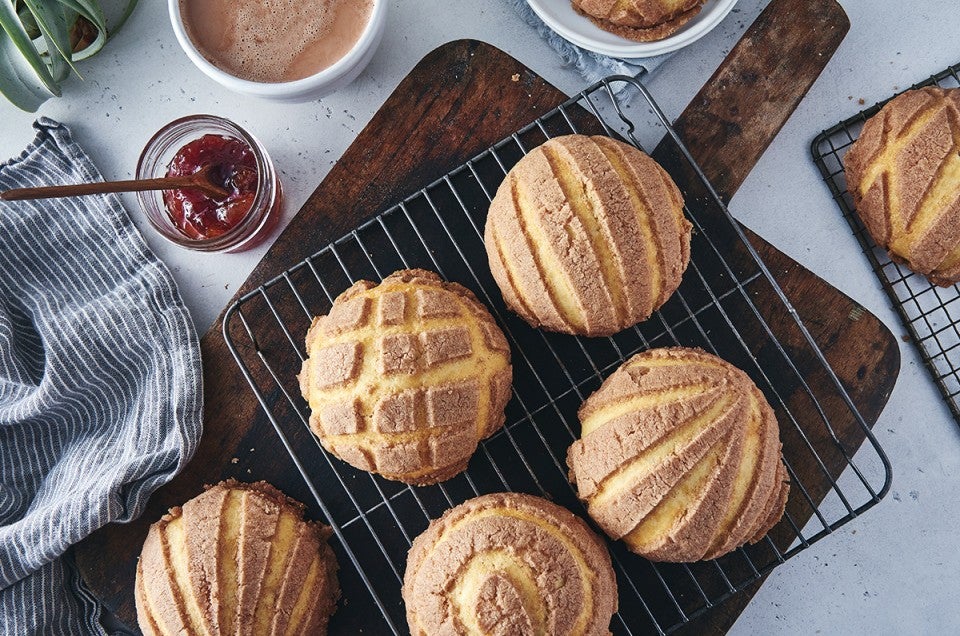

At her Texas bakery, Comadre Panadería, Mariela Camacho is known for her conchas, a staple Mexican pan dulce she's loved since she was a child. Here, she writes about this beloved bread and shares colorful variations to make at home.
* * *
Go into any panadería, and you’ll find a huge selection of items to choose from. Though there may be thousands of varieties of pan dulce (sweet breads), none are more ubiquitous or as much of a staple to the Latinx diaspora as the concha.
Conchas are enriched sweet breads topped with crumbly cookie "shells." (Concha means shell in Spanish.) If you aren’t of Mexican heritage or didn’t grow up in places with large Latinx communities, you may have never heard of them, or perhaps dismissed them as a dry, too-sweet bread with a stale food-colored topping. And I completely understand, because I’ve had that experience too. But I’m here to say that not all conchas are dry and overly sweet, and at their best they’re truly beautiful.
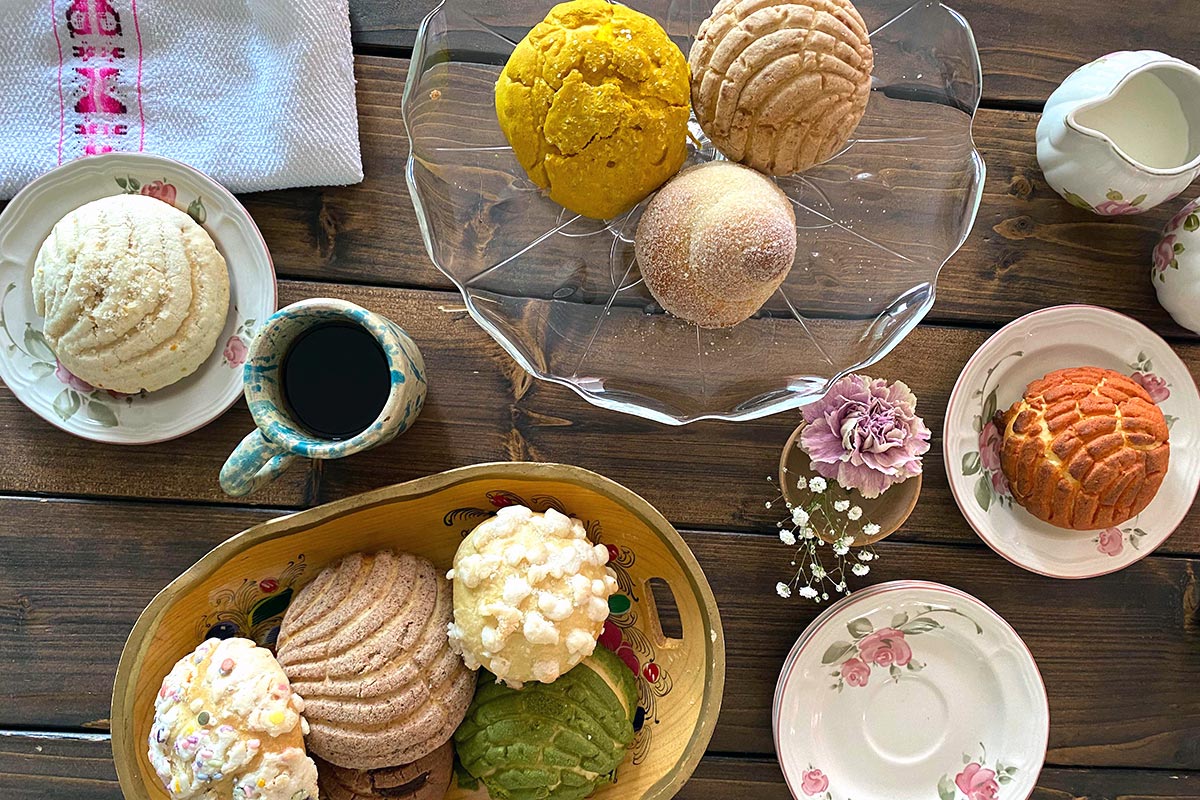
I’m happy to be a part of a generation of bakers reviving and reclaiming this beloved pan dulce. My family is from Aguascalientes and Zacatecas in central Mexico, and while visiting as a kid, I recognized a difference in taste from the pan dulce I enjoyed in California and Texas. (Yes, even as a 7-year-old I could taste the difference! Some would say I was always meant to be a panadera.) Even as an adult, it was clear: The conchas in Mexico were better. They were fresh, the wheat had more flavor, the shell had subtle spices, and the bread had a bite to it.
So what happened to the conchas here in the United States? I don’t know for sure, but my assumption as a professional baker is that panaderías have had to make sacrifices because of cost. Operating a food business is brutal, and it’s even more difficult with the odds against you as a person of color in a system that doesn't care if you succeed or not. Many Latinx-owned bakeries struggle to make a living while keeping their prices affordable for their community. As a result, there’s significant pressure to use industrialized practices and products to increase shelf life and profit margins, instead of emphasizing pre-colonial values of sustainability and nutrient-rich ingredients.
In 2017, I decided to start my own pop-up panadería, a project that stemmed from my decade of baking experience, my love for being a first-generation kid in the U.S., and a desire to make more nutritious food available to folks whose basic right to healthy food had been stripped away. And of course, the first thing I did when starting my panadería was develop a concha recipe.
Bit by bit I adjusted my recipe. I subbed in whole grain and stone-ground flours for nutrition and flavor and used traditional unrefined sugars like panela and piloncillo instead of white sugar. I also used the highest quality (locally produced when possible) butter and eggs I could get my hands on. The result was a concha that was less sweet and more flavorful.
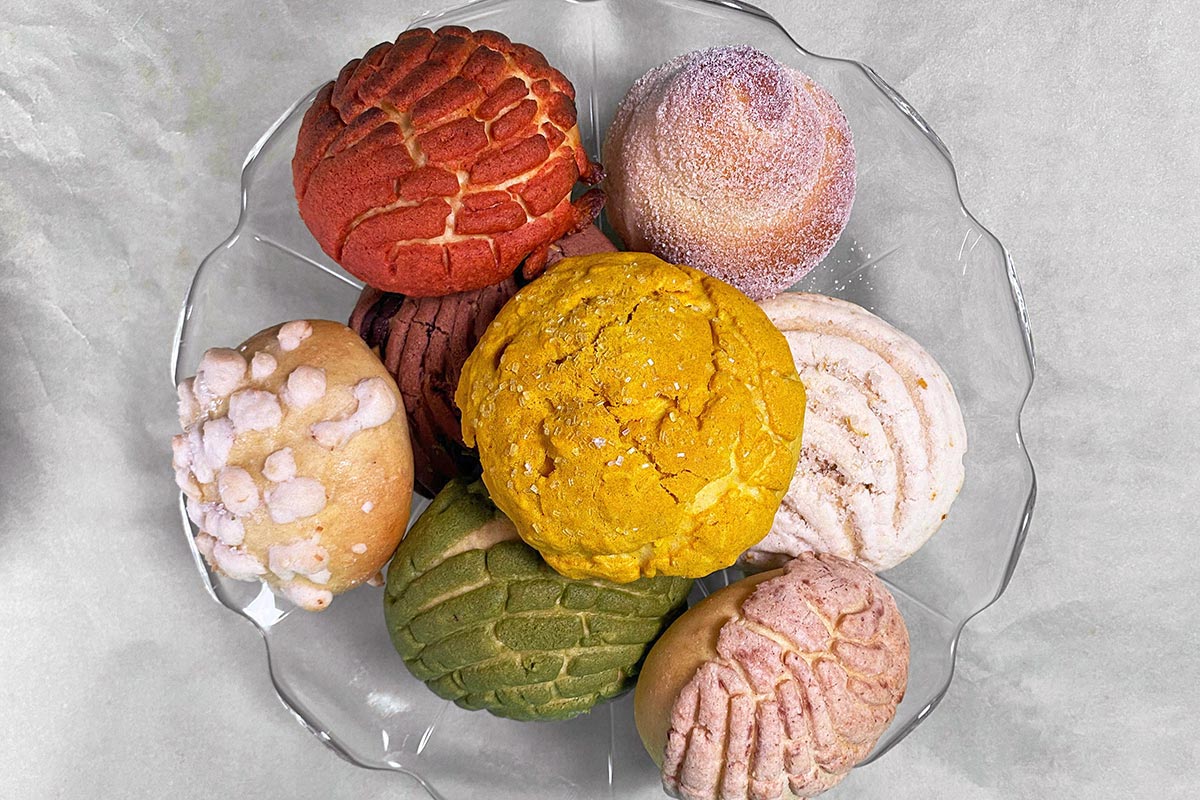
For the beautiful, bright-colored shells that top my conchas, I ditched the artificial dyes and added color and flavor with fruits, veggies, flowers, and spices. The shell has been the trickiest part to nail, but it offers me an outlet to get creative.
I emphasize quality ingredients, but it’s still a struggle for me to feel great about any ingredient sourcing, because at its roots our American food system is built on stolen land and stolen labor. So I do my best to support folks I feel are respectful to their workers, understand their responsibility as land-owners and support sustainability, and treat animals humanely.
The King Arthur recipe for Cinnamon Conchas is a great foundation to experiment with concha variations. I make a few tweaks: I like to substitute either a whole wheat or white whole wheat flour for the all-purpose flour in the starter. Both work well and make the concha dough a bit easier to shape, since it can be on the stickier side. In the dough itself, I also replace half the all-purpose flour with white whole wheat, which lends a good bite without creating too much chew. In addition, I like to make my life easier and work with the dough cold, so after it’s doubled in size at room temperature, I stick it in the fridge for 12 to 24 hours.
For the shell topping, you can use the granulated sugar the King Arthur recipe originally calls for — which yields a light crunch and eliminates the need to have two different sugars on hand — or substitute the same weight in confectioners’ sugar, which is more standard in conchas.
If you’re using granulated sugar, try pre-infusing it with raw ingredients like herbs, spices, flowers, or citrus peels for added flavor. For example, I like to mix the sugar with mezcal and orange zest, dry it out overnight, then use it the next day to make the shell after it re-crystallizes. If you’re using confectioners’ sugar, try replacing some of the total quantity with freeze-dried fruit powders or other powdered ingredients like matcha, cocoa, or spices. Add as much or as little as you like to get the flavor you want. There are endless possibilities.
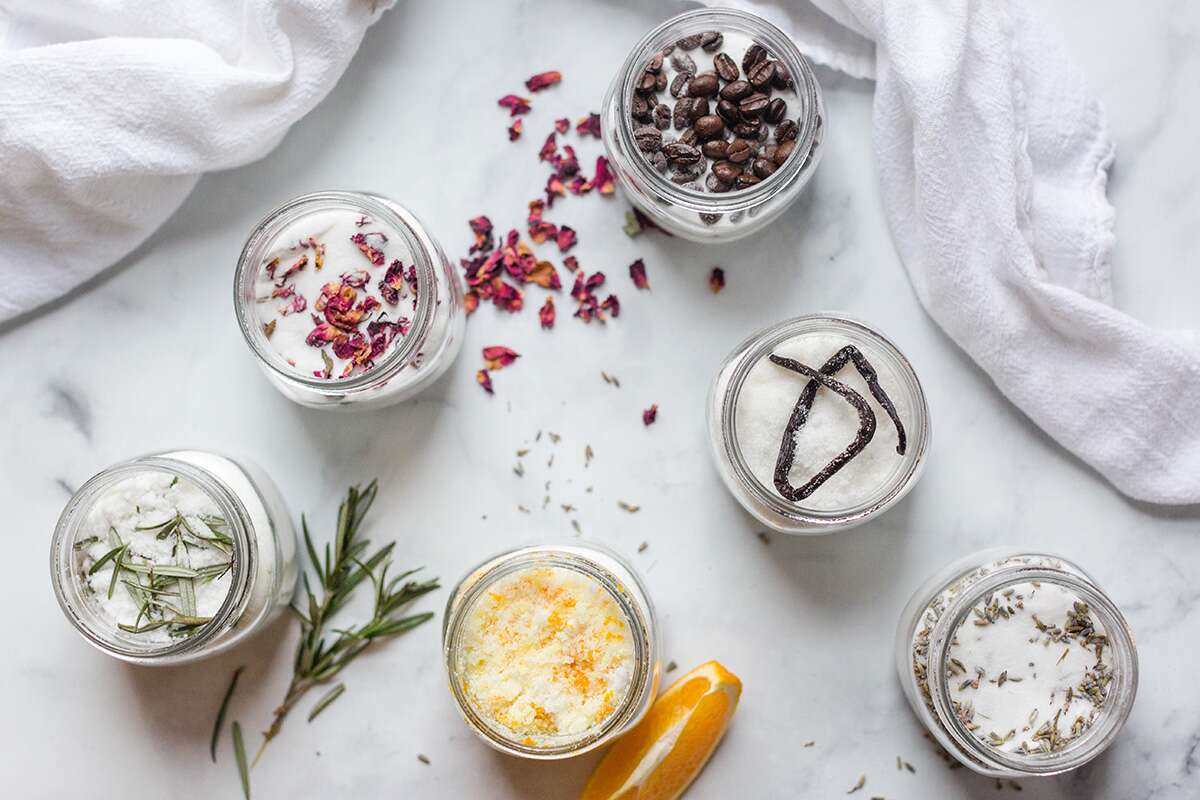
The concha’s sweet enriched dough and cookie shell is a combo that has created variation after variation. Panaderías love variety in their pan dulce, and bakers often find a way to take very similar components of an item and tweak them to create something fun and different.
Here are a couple of notable pan dulce relatives of the concha that are easy and fun to try using the recipe for Cinnamon Conchas as a base, though there are countless more.
Nube means cloud, and as far as I can tell it gets its name from its broken-up white shell, which resembles a cloud. To make this pan dulce, follow the recipe for the shell, minus the cinnamon. I like to add 1/4 cup (27g) shredded coconut and 1/2 teaspoon vanilla extract. Break the topping mixture into little chunks, place it on your dough after brushing with egg wash, and sprinkle with sparkling sugar. As the rolls proof, you can add on some more chunks if you feel they need it!
The chilindrina's shell is usually in a shade of orange or yellow; it's also thicker than on a concha and no pattern is cut on top. You can add crunchy large granules of sugar too. (I like sparkling sugar for this.) To get the color, I added some single-origin turmeric instead of cinnamon to the shell. A little goes a long way, so start with 1/4 teaspoon and add more as needed. The topping cracks as the rolls proof and bake, and they turn out beautifully.
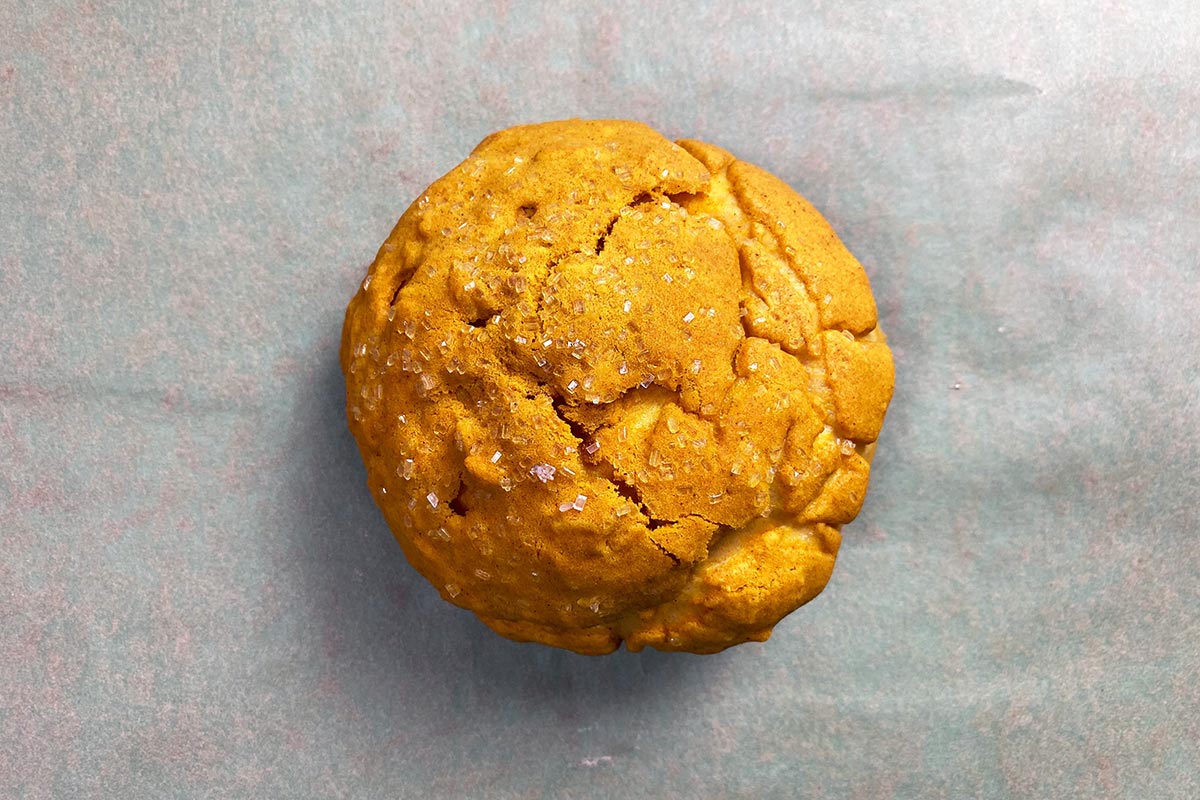
Lima is a lime-flavored pan dulce with a circle cut in the middle of the shell to represent the citrus. Instead of cinnamon, add tons of lime zest and lime oil to the shell and dough if you have access to it; if not, macerating lime peels with granulated sugar helps the lime flavor really come through.
A novia is made by rolling the dough into a long snake then coiling it up, almost like a cinnamon roll. I sometimes see the dough rolled in sugar or the concha topping before it gets coiled, but I like to brush it with butter once it comes out of the oven and then roll it in sugar in place of the usual shell.
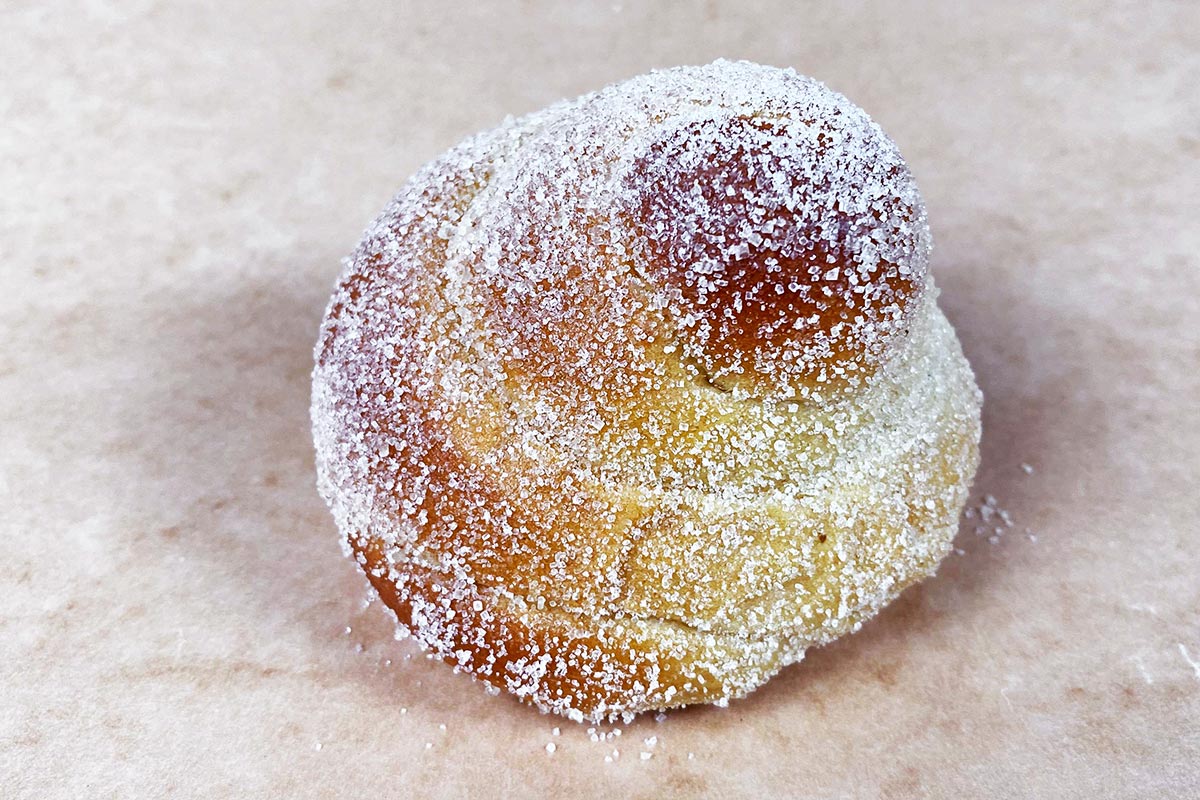
Truly, the basic concha recipe is just a jumping off point for endless flavors and experimentation. Some of the conchas I’ve served include raspberry red chile, matcha, birthday cake, mezcal y orange, hazelnut, and a version full of chocolate chunks in the dough.
Lovers of pan dulce eat with their eyes as well as their soul, and they demand a steady stream of colorful and nostalgic flavors. I feel privileged and proud to represent and nourish my culture through this well-loved but often misunderstood sweet bread. To the concha skeptics out there, give it another chance: this special bread deserves it.
Cover photo by Liz Neily